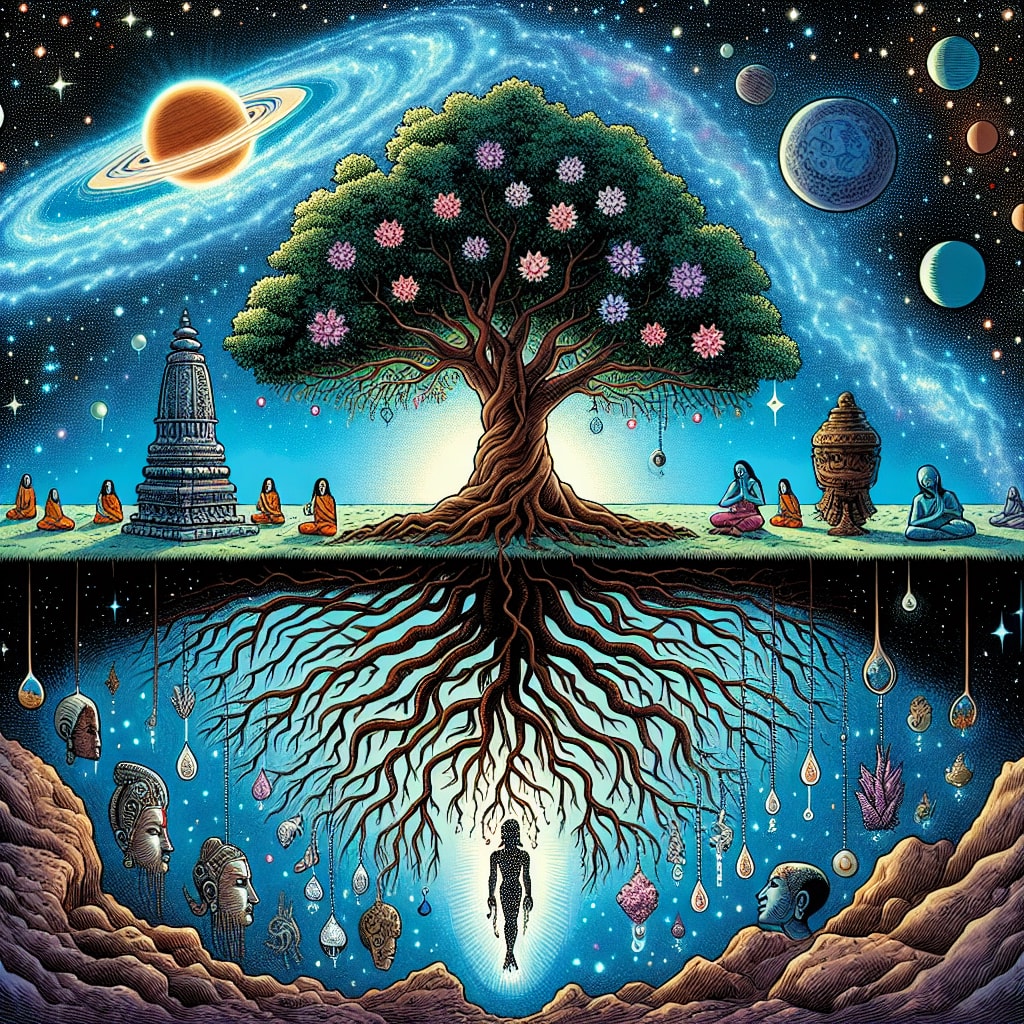"Sankhya Yoga," drawn from ancient Sanskrit texts, including the Mahabharata epic and the Bhagavad Gita, is a profound concept that offers wisdom on understanding our true nature and the nature of the universe. Intricately, this system of thought articulates both an analytical and philosophical perspective of the world.
"Sankhya" signifies "number," yet in this context, it discerns "truth through analysis." Hence, Sankhya Yoga is about discerning the world's reality through a meticulous and rational analysis, enabling a significant understanding of our existence. The goal is to achieve liberation or "Moksha," transcending the physical plane to unite with the universal spirit.
In the Bhagavad Gita, specifically in Chapters 2 and 18, Lord Krishna expounds on Sankhya Yoga to Arjuna. Krishna portrays the immortal nature of the soul, urging Arjuna to look past the physical realm into the deeper, metaphysical reality. He emphasizes the immortality of the soul, that it neither takes birth nor dies, moving from one body to another just like a person changing clothes.
From the vantage point of the Mahabharata, Sankhya Yoga provides ethical and practical values to amend the complexities of life. It works as a powerful conduit for controlling the mind and senses, allowing individuals to steer clear of worldly attachments and desires.
In a broader spectrum of Sanskrit Literature, Sankhya Yoga is perceived to have dualistic philosophy, segregating the world into "Purusha" (pure consciousness) and "Prakriti" (nature or matter). The liberation, according to Sankhya philosophy, comes through the realization of the distinction between these two.
Overall, Sankhya Yoga in the Bhagavad Gita, Mahabharata, and Sanskrit literature provides a significant pathway to peace, freedom, and ultimate liberation through self-realization and understanding the universe.

